Leafy greens are an important part of the natural human diet. But greens are not greens! Not all greens are meant for human consumption, and some greens contain too many anti-nutrients, which is why we need to know what we are doing not to mess this up!
To understand which types of green foods are the best ones for our species, we can look at our closest living relatives, the chimpanzees. Leaves play an important role in the diet of apes and other primates as a source of protein and minerals. Besides nutritional sources, many greens are used as herbs for self-medication by primates, indicating that the use of functional greens is part of a natural diet.
In this article, we will elaborate on what types of green foods we have adapted to eat and what types of green functional foods and herbs are a powerful add to our everyday greens!
For quick readers:
Greens, especially leafy greens, play a substantial role in the natural human diet as a source of minerals and proteins. However, not all greens we eat today are equally beneficial for our species, and some should even be limited as they contain high levels of anti-nutrients or are too hard to digest. The combination of eating young tender lettuces, sprouts, and microgreens as “staple greens” and tropical fruit tree leaf extracts and iodine-rich seaweeds as a functional food offers the benefits of getting both, fresh greens and our “evolutionary greens.” On the other hand, greens that are high in anti-nutrients are not naturally part of the human diet and should be avoided, especially in smoothies.
The Good: Nutrients in greens
To understand green foods and leaves as a nutrient source better, we can ask: What are the functions of green parts to the plant itself?
Eating the power of photosynthesis: minerals and protein
The green parts of plants are the photosynthetic and vegetative parts. It’s where plants produce energy. Green cells contain chlorophyll in chloroplasts where glucose as an energy carrier is produced but not stored (sugar is transported to starchy parts and fruits) and are especially rich in various minerals, amino acids (protein), as well as a variety of polyphenols, and essential oils that serve different functions like defense or attraction.
Leafy greens are rich in a variety of minerals, proteins, and secondary plant metabolites.
Why are greens, in particular, a main source of magnesium and iron? Because those two are two main minerals involved in photosynthesis:
The chlorophyll-rich chloroplasts are the organelles that give green plant parts their color and contain most of the iron and magnesium:
“Chloroplasts represent the Fe-richest organelle in plant cells containing 80–90% of the Fe found in leaf cells” López-Millán, 2016
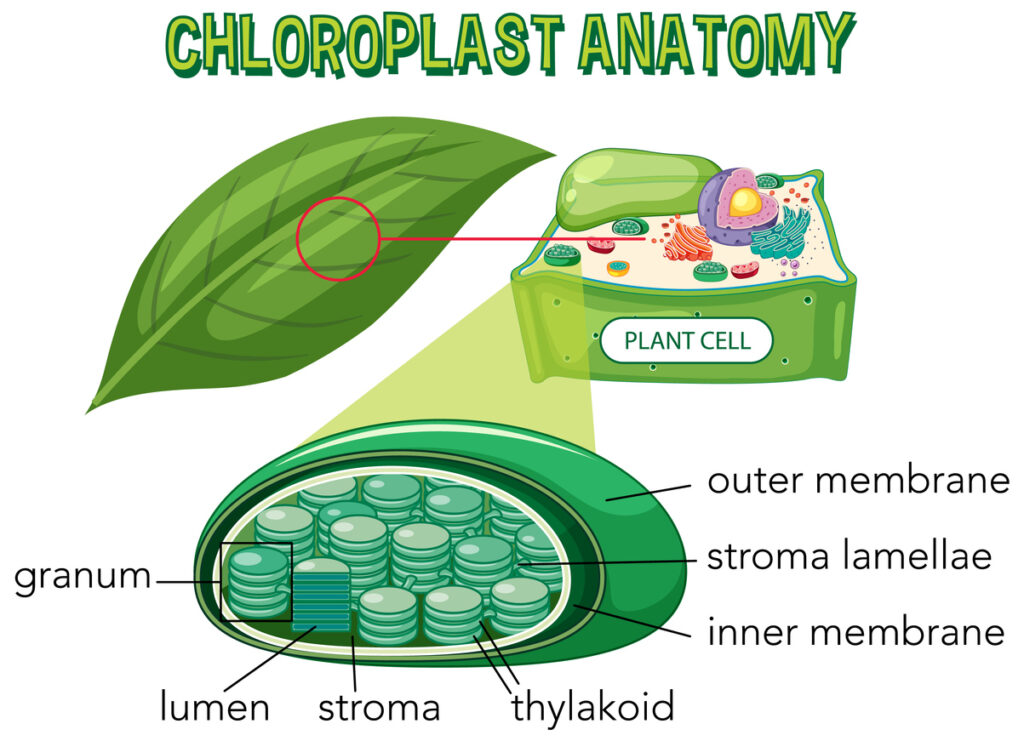
Image of a lettuce leaf under a microscope. Chloroplasts (specialized vacuoles in green cells) are the plant cell structure with the most iron because the mineral is needed for the production of chlorophyll and photosynthesis.
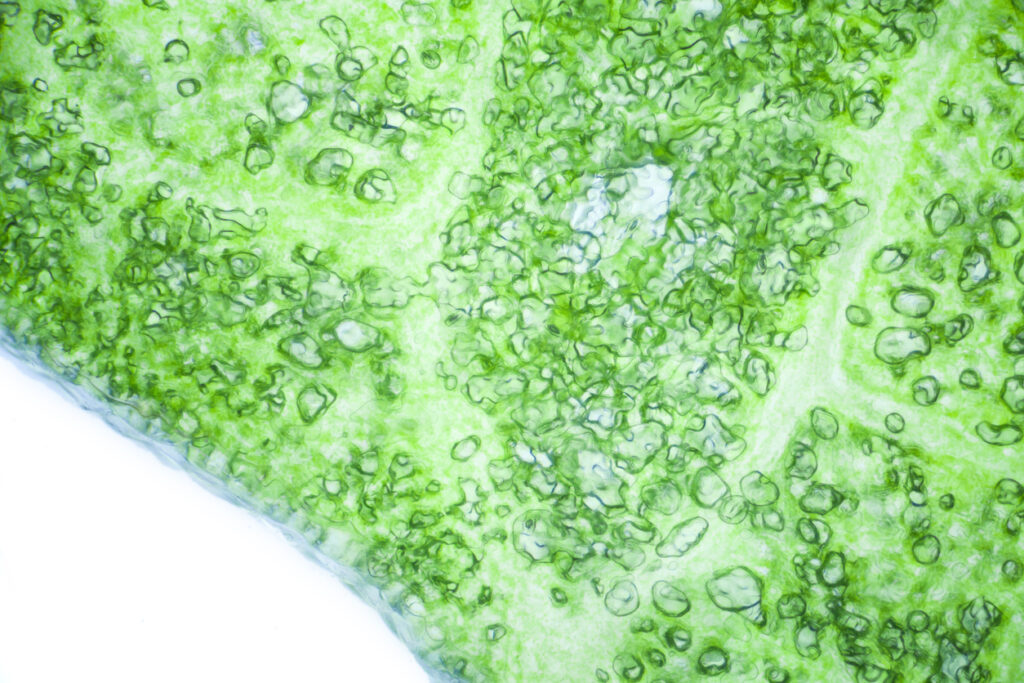

The chlorophyll molecule itself contains magnesium, which is why green foods are magnesium-rich. Chlorophyll has been shown to have important beneficial effects on human health.
What minerals are in greens?
The process of photosynthesis requires many types of enzymes (proteins) and the power of minerals as redox agents and cofactors, which is why they are present in abundance in green foods:
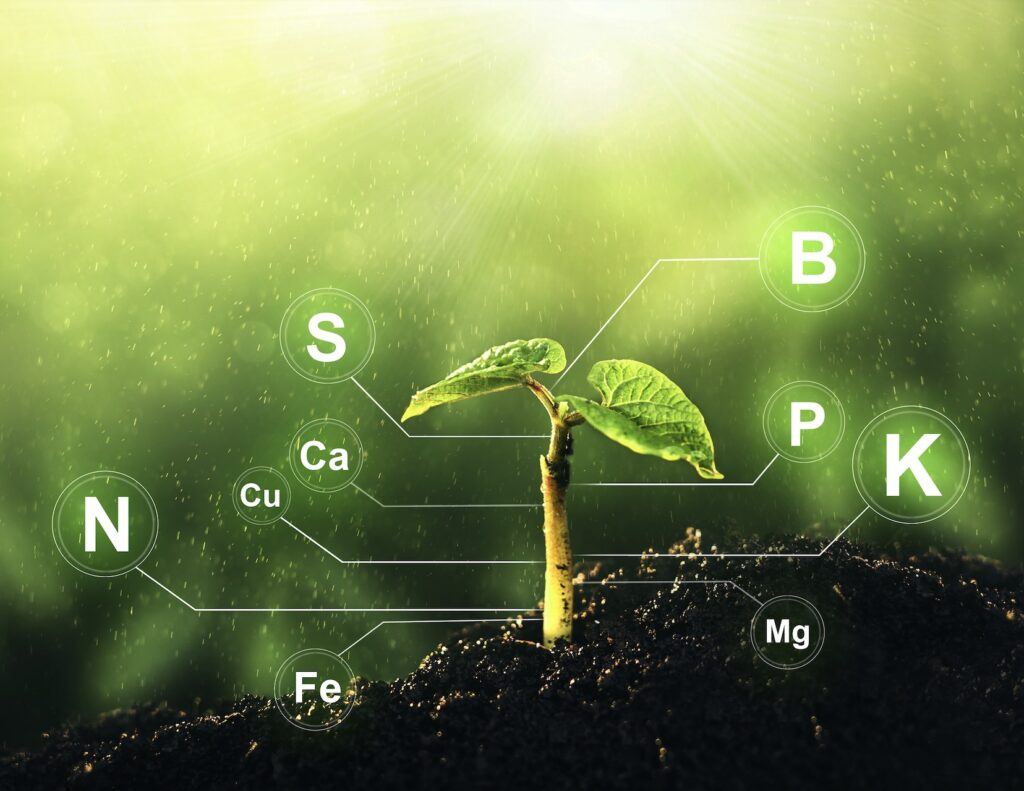
- Iron
- Calcium
- Potassium
- Sulphur
- Phosphorus
- Molybdenum
- Manganese
- Selenium
- Boron
- Copper
- Zinc
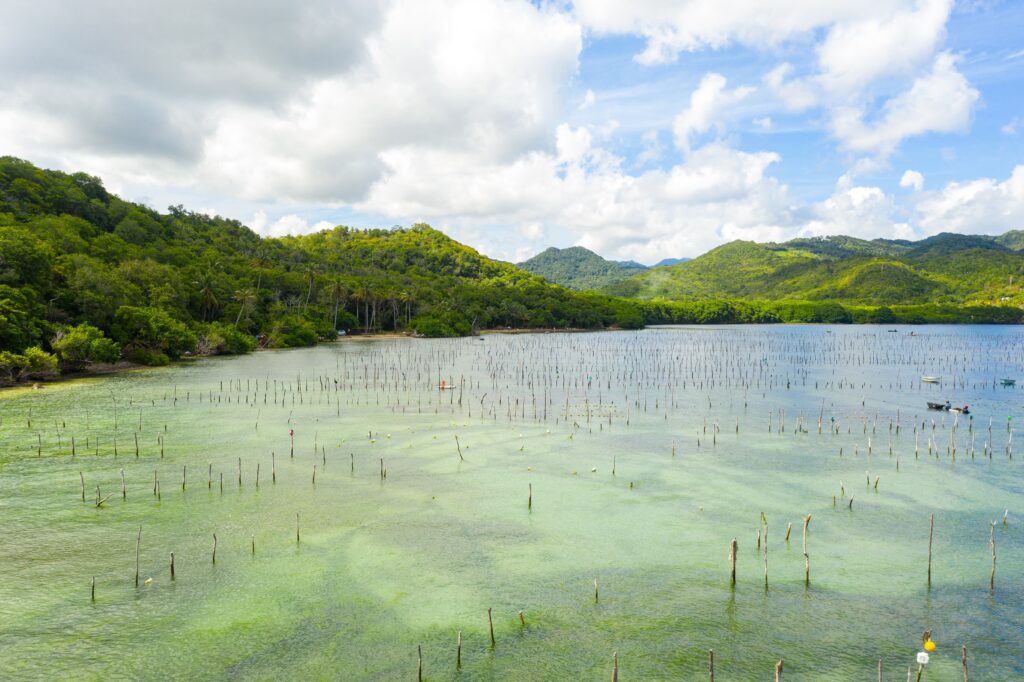
Seaweeds are leafy plants from the sea. They have a different nutrient composition than greens that grow on land. Iodine is the key nutrient in seaweed that is important for human health – and can be a cause of concern when not living close to the iodine-rich sea.
Sea moss or kelp are two examples of how to get iodine into the diet. If you do not live in a marine environment, iodine-rich greens from the sea, like sea moss or kelp, should be added to the diet.
The bad: Anti-nutrients in greens
Some leafy greens – especially the dark and bitter ones, have high levels of anti-nutrients. Tender, young, and succulent leaves generally contain less anti-nutrients.
Some of the unfriendly compounds from grains, legumes, and nuts are also found in leafy greens, which impede the digestion and bioavailability of nutrients.
- Oxalate
- Phytates
- Nitrates
- Tannins, which can be very bitter
- Lectins impede the digestive system
- Trypsin inhibitors, impede protein digestion
- Saponins are bitter and impede lipid absorption
- Alkaloids, of which many are toxic to animals
Leafy greens can contain a substantial amount of anti-nutrients and harsh secondary metabolites, which is why not all are equally suitable for humans.
Toxins and anti-nutrients in plants are the results of an evolutionary rat race (except for fruits). Animals, on the other side of the coin, evolve resistance towards the protective compounds of their food source. Fascinatingly, some of those powerful compounds are a double-edged sword, as many compounds help combat parasites and act as antimicrobial agents! We can see that plant compounds are a balance between harmful and helpful.
This is also where instinct-driven self-medication of animals comes into play. The urge of animals (including chimpanzees) to feed on strong-tasting herbs can help combat infections and pain. But for nutrition purposes, animals avoid bitter taste! The notion that “bitter is healthy” is not backed up by patterns observed in nature! And while self-medication is a natural thing, we should not go against our own taste-bud instincts! Bitter signals “stay away” in nature, an adaptation that protects us from ingesting too many plant toxins! This rule is reflected in chimpanzee feeding behavior, too:
Apes are frugivores with greens being a substantial part of their diet (read more here). While chimpanzees prefer leaves with high ash (minerals and nutrients) protein instead of cellulose and tannins. Tannins were off-putting as a rule number one! They have preferences in picking their greens that follow the basic rule of maximizing nutrients while minimizing anti-nutrients: “Chimpanzees preferred leaves containing higher protein content, but did not consume leaves containing high condensed tannin regardless of protein content.” (Takemoto, 2003)
What does this mean for humans? To understand what types of greens are the ones most suitable for our species, we can listen to our own instincts but also learn from our past and our closest relatives!
Let’s elaborate on greens in the human diet:
What types of greens are best suitable for humans?
When we think about leafy green, all types of lettuce spring to mind, and some steamed leafy veggies, as they are the common greens we have cultivated – different greens in different food cultures. But what are the greens our species has biologically evolved to eat?
The special case of humans: Humans, biologically, are a tropical species. We migrated from our natural habitat – the tropics – to other biomes and survived without our original food sources. One of the consequences is that our ancestors were now exposed to powerful new plant compounds, when they ate new types of green foods. In cold climates, we require manipulating and cultivating foods that we can eat and tolerate well: humans reduce the load of anti-nutrients and harsh plant components by selectively cultivating them (different types of lettuce). Nonetheless, our evolutionary (healthiest) food sources are tropical plants, especially fruits. Therefore, tropical edible greens are our original foods. Not greens cultivated in colder climates. Due to the limited access to natural food sources, we might consider herbal extracts from tropical greens to get additional benefits from greens, like the powerful antiparasitic, antioxidant, and polyphenolic components that we have evolved to consume!
As a consequence of our “dislocation from paradise,” we have two types of green food sources we should consider: Cultivated greens and tropical greens, which are our original food source. Both types of greens have a place in the natural human diet today, as we just can do the best with what we have! The same goes for fruits: we have tropical fruits, and we have selectively bred, cultivated fruits from colder climates.
Cultivated leafy greens: Tender, succulent leaves!
We have cultivated the greens in colder climates, which best please our taste buds and are non-toxic. We can get a good amount of nutrients from those greens!
The key question to choose our greens is, what would we eat instinctually? What tastes decent even without dressing? We need to rely on our natural instincts here!
While greens provide nutrients, they also produce powerful secondary plant metabolites, which serve different purposes. A principal purpose is chemical self-defense against whoever eats them (see the list of anti-nutrients above)! We can taste some of these compounds and are instinctively repelled – for example, by bitterness or also by hard-to-chew matter in contrast to tender and succulent leaves, shoots, and buds. Wild edible young sprouts, leaves, and buds in your environment that taste good, are a good addition to your greens.
Here are a few types of green that are very suitable for humans:
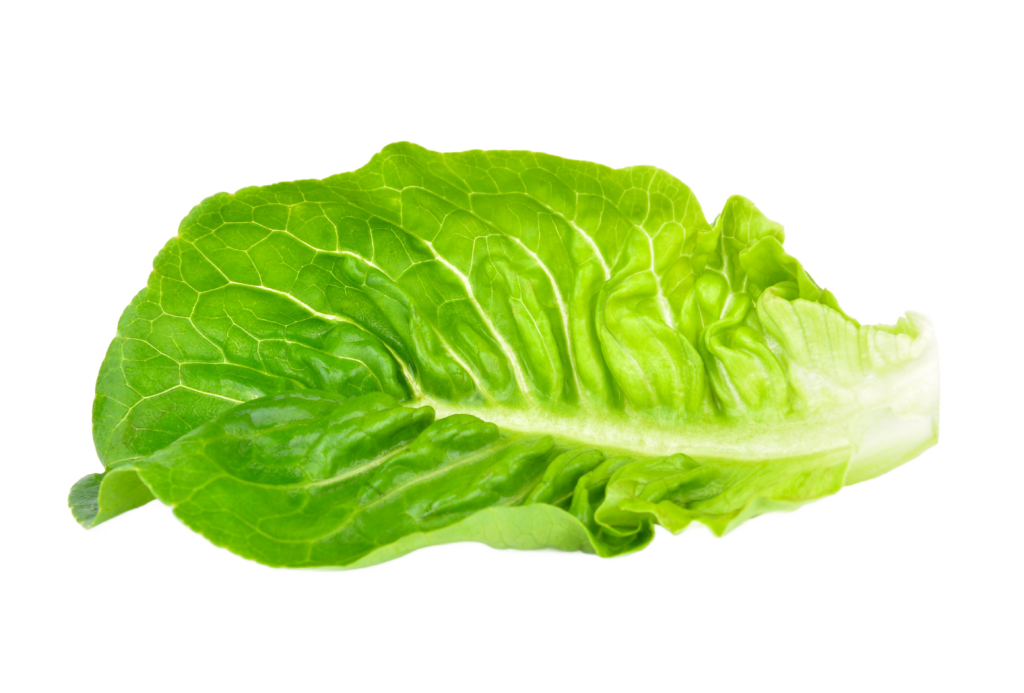
- Sprouts
- Young leaves of lettuce
- Microgreens
- Iceberg lettuce
- Butterhead lettuce
- Romain lettuce
Here are a few that are not really human food sources and can contain high levels of anti-nutrients or toxins:
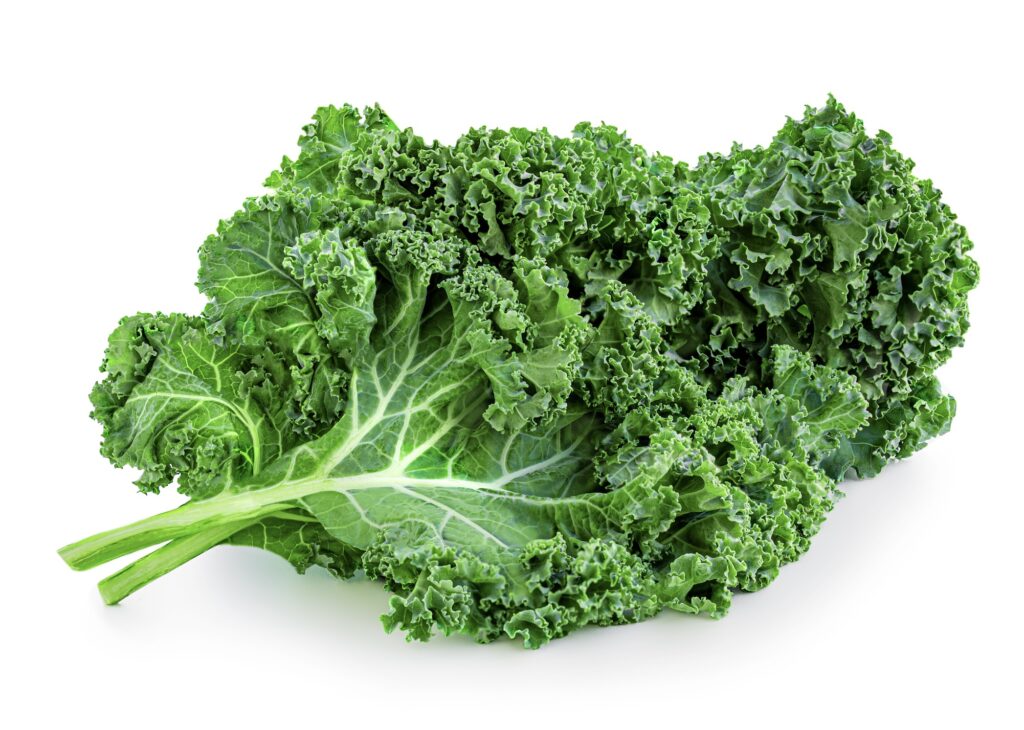
- Kale
- Spinach
- Bitter Lettuce types
- All types of crucifers
Adding those regularly or in too much quantity into your salads or smoothies can lead to overexposure to unwanted plant toxins and can upset your stomach!
Would you bite into a raw kale and eat it up entirely? Most of us would not! In contrast to crispy young tender lettuce leaves, which taste even slightly sweetish.
Tropical greens: Our evolutionary greens!
Humans are a tropical species. Humans have evolved in tropical forests, as newer anthropological research suggests. And, like all apes, our adaptations speak loud and clear: we are frugivores! Our evolutionary foods are tropical fruits, greens, and nuts. No wonder most wild tropical fruits are edible and are a superior food source to fruits from temperate climates!
And greens are no exception to the “tropical origin” reality! In fact, tropical plants contain not only the most powerful plant components, but they are also the ones that the human body has adapted to process in the course of evolution. To get the most benefits but also the least harmful (greatest tolerance), we must look at our evolutionary greens!
“Many fruits and unconventional foods are available in the tropics and represent valuable minerals sources. Green leaves appear as outstanding mineral sources, especially in calcium and iron, followed by nuts.”
Leterme et al. 2006
Tropical green foods are not easily accessible and, in many parts of the world, not part of our food chain. But we can use tropical herbs as functional foods and use the benefits of their unique bioactive molecules for our health.
What types of greens are best for humans? This question is not that easy to answer, and I am just starting to dive in. But as a hint, we might learn from chimpanzees and from the traditions of people living in the tropics! And it did not surprise me that the favorite leaves eaten by chimpanzees are also some of the most miraculous herbal extracts used by people!
Chimpanzees spend a substantial part of their time foraging for fruits in the trees and also consume the leaves of the trees they are foraging. They pick leaves and fruits of a high number of different wild and cultivated plant species. Chimpanzees consume leaves, buds, or young shoots with a preference for young leaves or types of leaves with low tannin content (Takemoto, 2003). Those are the same preferences humans tend to have if we follow our natural instincts.
For example, in Bossou, chimpanzees consume the fruits and leaves of wild tropical trees and cultivated trees, which are also used by local people:
- Fig tree leaves (Ficus exasperata); human use: see below
- Monkey fruit tree leaves (also known as giant yellow mulberry, Myrianthus arboreus); humans use the young leaves as food and other parts as medicine. Read more here.
- Corkwood tree leaves (Musanga cecropioides); human use the leaves as “popular medicine, especially to treat a range of feminine complaints” Read more here.
- Papaya leaves: papaya leaf tea is well-known in ethnobotanical uses. Read an overview here.
- Okra leaves; Okra leaves are a common food source for humans. Read more here.
- Avocado leaves; Avocado leaves can be used as a food source and have ethnobotanical uses. Read more here.
(sources: www.greencorridor.info, Takemoto, 2003, Hockings et al., 2009)
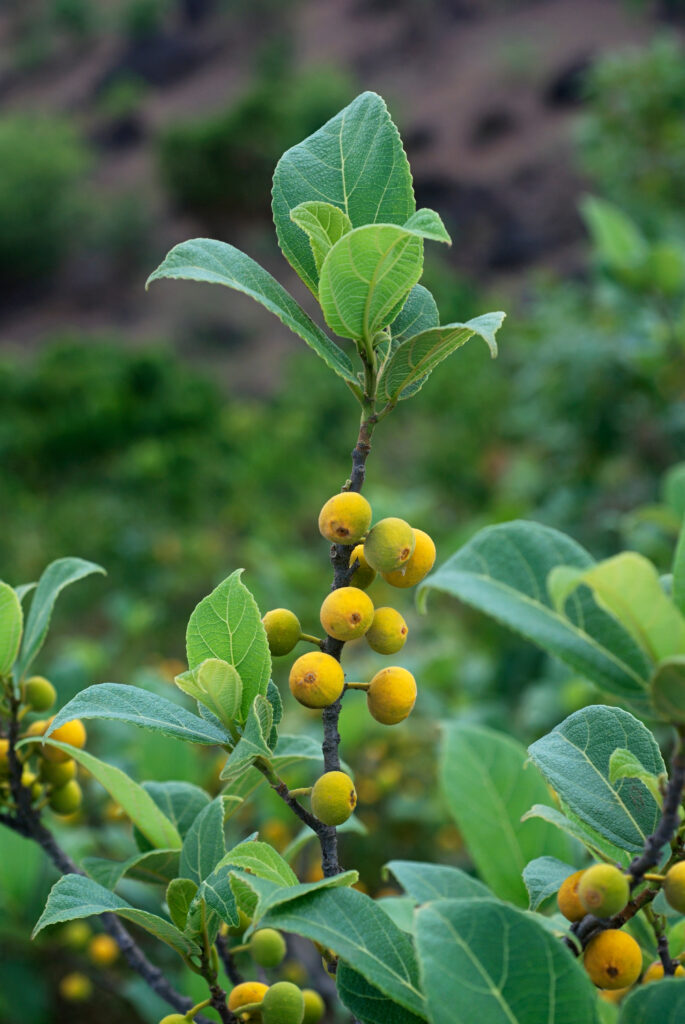
“Ficus exasperata… The whole plant is known to have several medicinal properties in African traditional medicine. The leaf extract has been used to treat high blood pressure, rheumatism, arthritis, intestinal pains and colics, epilepsy, bleeding and wounds.” (Abotsi et al, 2010)
Those are just a few examples, and there are thousands of beneficial tropical leaves in the tropics, which are also a food source for primates. If we do not consume any of them like chimpanzees, we miss out on all bioactive components, which have been proven highly beneficial in ethnobotanical uses! Therefore, integrating a few of them as herbs could be a great idea!
Because of the benefits, we see that more nutritional supplements made from tropical leaf extract are available. Like guava leaf extract for zinc or curry leaf extract for additional iron. Teas are also an easy-to-find alternative, like guava leaf tea, papaya leaf tea or mango leaf tea, which are known fro their benefits to people living in the tropics.
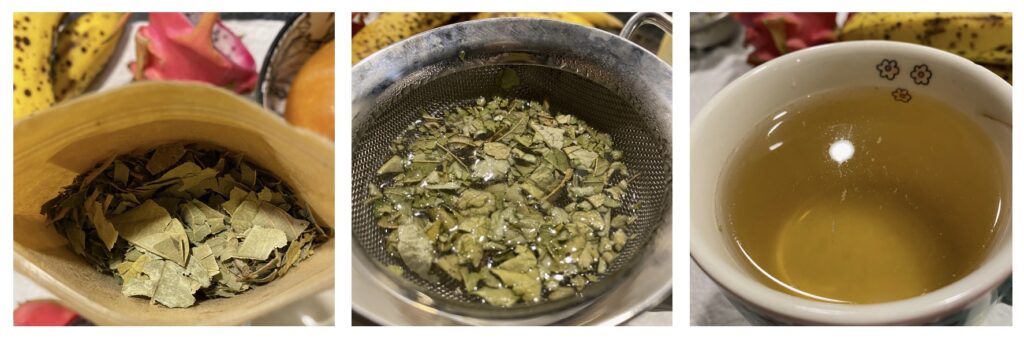
How to eat greens overview: Combining greens and fruits is key!
To summarize the above, in our species’ diet, tender, young leaves, like succulent lettuce, young leaves, microgreens, and sprouts, should make up a substantial part. Additionally, tropical fruit tree leaves and iodine-rich seaweeds could be an interesting nutritional and herbal addition. Greens that are high in anti-nutrients or tannins or do not taste good on their own, are not really part of the natural human diet and should be limited, especially in smoothies.
Further, combining greens with fruits is a very natural pattern, which might be the reason we love this combination! Fruit-enriched salads based on leafy greens have become an integral part of plant-based diets for a reason:
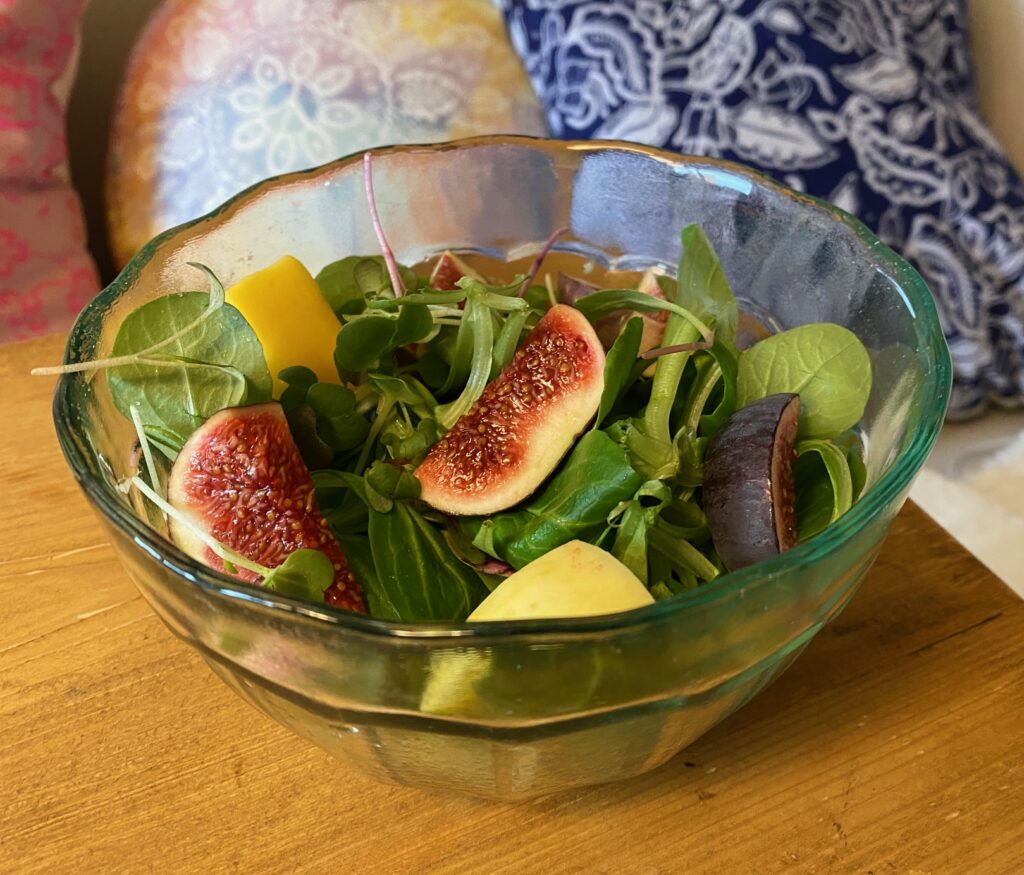
Many types of lettuces without dressing or in combination with fruits do not appeal to human visual or olfactory instincts or taste buds. This innate knowledge is important in the natural human diet.
The combination with fruits also helps the absorption of some nutrients. For example, vitamin C and fructose increases iron absorption.
If you like to read more on species-specific foods in the human diet, visit our food group overview.
References
- Hockings, K.J., Anderson, J.R. and Matsuzawa, T. (2009) ‘Use of wild and cultivated foods by chimpanzees at Bossou, Republic of Guinea: Feeding dynamics in a human‐influenced environment’, American Journal of Primatology, 71(8), pp. 636–646. doi:10.1002/ajp.20698.
- López-Millán, A.F., Duy, D. and Philippar, K. (2016a) ‘Chloroplast iron transport proteins – function and impact on plant physiology’, Frontiers in Plant Science, 7. doi:10.3389/fpls.2016.00178.
- Schmidt, W., Thomine, S. and Buckhout, T.J. (2020) ‘Editorial: Iron nutrition and interactions in plants’, Frontiers in Plant Science, 10. doi:10.3389/fpls.2019.01670.
- Martins, T. et al. (2023) ‘Enhancing health benefits through chlorophylls and chlorophyll-rich agro-food: A comprehensive review’, Molecules, 28(14), p. 5344. doi:10.3390/molecules28145344.
- Kaczmarek, B. (2020) ‘Tannic acid with antiviral and antibacterial activity as a promising component of biomaterials—a Minireview’, Materials, 13(14), p. 3224. doi:10.3390/ma13143224.
- Takemoto, H. Phytochemical Determination for Leaf Food Choice by Wild Chimpanzees in Guinea, Bossou. J Chem Ecol 29, 2551–2573 (2003). https://doi.org/10.1023/A:1026366119705
- Hoglund, S. (2020) How and why to Rotate Your Greens for smoothies: Blender Babes, Blender Babes – Healthy Smoothie Recipes | Blendtec vs Vitamix Reviews. Available at: https://www.blenderbabes.com/articles/food/green-smoothies-alkaloid-buildup-why-its-important-to-rotate-your-greens/ (Accessed: 30 October 2023).
- S. Sayago-Ayerdi, D. L. García-Martínez, A. C. Ramírez-Castillo, H. R. Ramírez-Concepción, M. Viuda-Martos, Tropical fruits and their co-products as bioactive compounds and their health effects: A Review. Foods. 10, 1952 (2021)
- Leterme, P. et al. (2006) “Mineral content of tropical fruits and unconventional foods of the Andes and the Rain Forest of Colombia,” Food Chemistry, 95(4), pp. 644–652. Available at: https://doi.org/10.1016/j.foodchem.2005.02.003.
- Orwa C, A Mutua, Kindt R , Jamnadass R, S Anthony. 2009 Agroforestree Database: A tree reference and selection guide version 4.0 (http://www.worldagroforestry.org/sites/treedbs/treedatabases.asp)
- Author unknown (No date) Musanga cecropioides. Useful tropical plants Available at: https://tropical.theferns.info/viewtropical.php?id=Musanga%2Bcecropioides (Accessed: 30 October 2023).
- Hill, A. (2020) 7 emerging benefits and uses of Papaya Leaf, Healthline. Available at: https://www.healthline.com/nutrition/papaya-leaf#2.-May-promote-balanced-blood-sugar (Accessed: 30 October 2023).
- Okra leaves Information, Recipes and Facts. Specialty Produce. Available at: https://specialtyproduce.com/produce/Okra_Leaves_8953.php (Accessed: 30 October 2023).
- Abotsi WM, Woode E, Ainooson GK, Amo-Barimah AK, Boakye-Gyasi E. Antiarthritic and antioxidant effects of the leaf extract of Ficus exasperata P. Beauv. (Moraceae). Pharmacognosy Res. 2010 Mar;2(2):89-97. doi: 10.4103/0974-8490.62958. PMID: 21808547; PMCID: PMC3140113.


maybe a room temperature defrosted frozen mango lettuce salad every other day is good. avocodo lettuce and tomato is also nice. on days where I integrate cooked, I will add raw romaine lettuce as well.